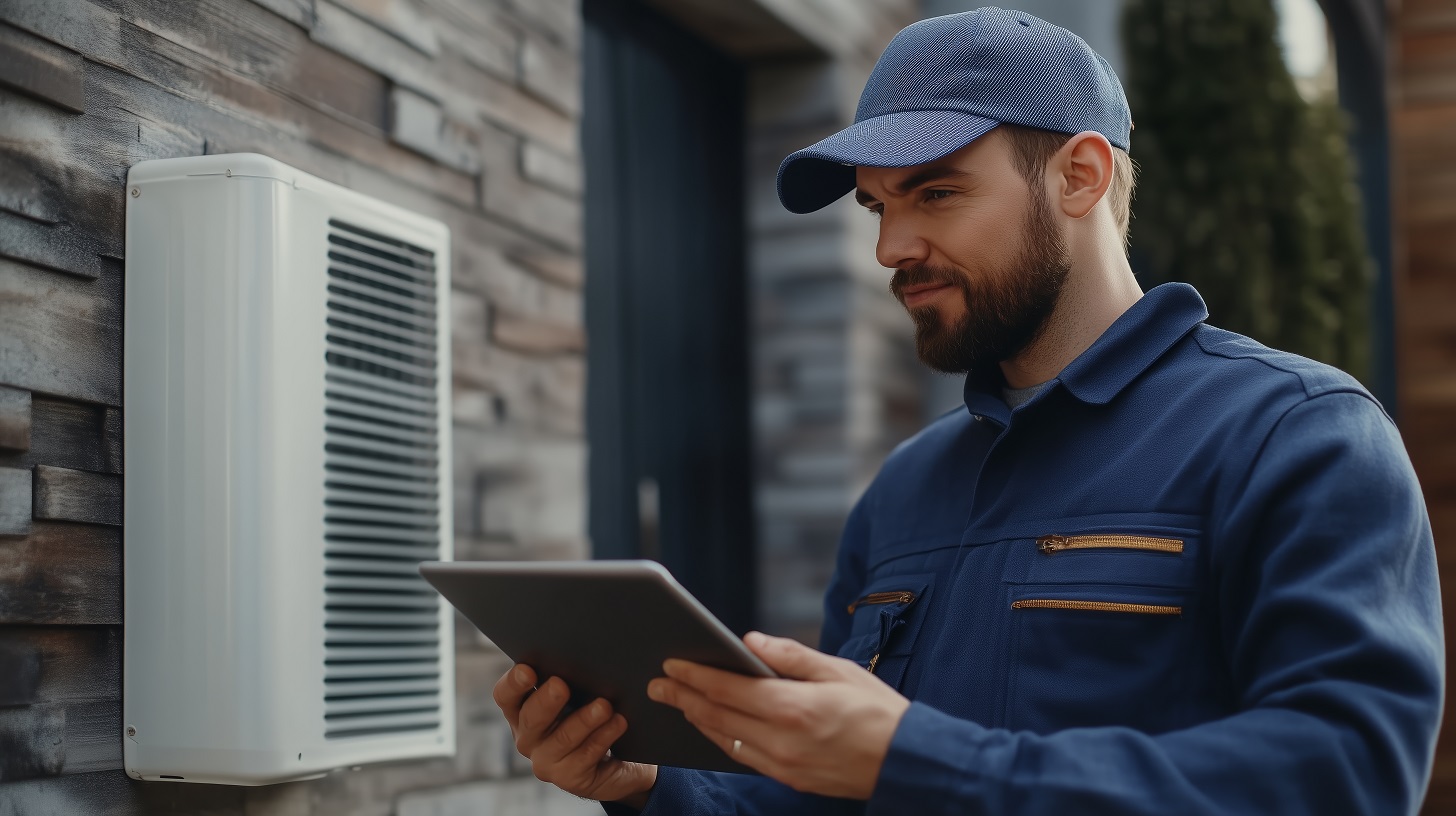Facilities management is a multifaceted role that requires balancing safety, compliance, maintenance, and operational efficiency. With the increasing complexity of managing multiple properties, traditional methods of conducting inspections—relying on spreadsheets, paper forms, and manual follow-ups—are no longer sufficient. Enter inspection software for facilities management, a digital solution designed to simplify and enhance inspection processes.
In this blog, we’ll explore how inspection software can be a powerful tool for facilities managers, transforming the way properties are inspected and maintained.
What is Inspection Software?
Inspection software is a digital platform that allows facilities managers to streamline the inspection process. From scheduling and conducting inspections to generating reports and analyzing data, it offers an end-to-end solution for ensuring facilities are safe, compliant, and well-maintained.
Why Facilities Managers Need Inspection Software
Facilities managers are responsible for maintaining a wide range of assets and ensuring compliance with health, safety, and environmental standards. Manual inspection processes often lead to:
- Missed deadlines
- Inconsistent records
- Delayed maintenance
- Increased operational risks
Inspection software eliminates these challenges by providing an organized, automated approach to inspections.
Key Benefits of Using Inspection Software
1. Streamlined Scheduling and Task Management
Inspection software allows facilities managers to schedule inspections with ease. Automated reminders and task assignments ensure inspections are conducted on time, reducing the likelihood of oversight.
2. Digital Checklists for Consistency
Digital checklists within inspection software standardize the inspection process, ensuring all critical areas are assessed consistently. This is particularly valuable for facilities with multiple locations or diverse assets.
3. Real-Time Data Collection
Using inspection software for facilities management as a tool means data can be recorded in real time using mobile devices. Photos, notes, and findings can be uploaded directly to the system, ensuring accurate and immediate documentation.
4. Enhanced Reporting and Analytics
Inspection software generates detailed reports that provide insights into facility performance, trends, and areas of concern. This helps facilities managers make data-driven decisions and prioritize maintenance tasks effectively.
5. Improved Compliance Management
Staying compliant with regulations is a top priority in facilities management. Inspection software for facilities management tracks compliance requirements, alerts teams to upcoming deadlines, and maintains an audit trail of completed inspections for regulatory reporting.
6. Mobile Accessibility
Modern inspection software is often mobile-friendly, enabling teams to conduct inspections on-site with tablets or smartphones. This reduces the need for manual data entry and improves overall efficiency.
How Inspection Software Supports Key Facilities Management Activities
1. Maintenance Inspections
Track the condition of critical assets such as HVAC systems, elevators, plumbing, and electrical infrastructure. Inspection software allows managers to identify maintenance needs early, reducing costly breakdowns.
2. Health and Safety Audits
Ensure properties meet health and safety standards by conducting regular inspections. Digital tools help identify risks, document findings, and implement corrective actions promptly.
3. Fire Safety Compliance
From fire extinguishers and alarms to emergency exits and evacuation plans, inspection software ensures that fire safety protocols are adhered to across all properties.
4. Environmental Monitoring
Facilities managers can use inspection software to monitor environmental factors such as energy efficiency, water quality, and waste management, ensuring compliance with sustainability goals.
5. Incident Management
Inspection software helps document incidents, such as equipment failures or safety breaches, and tracks follow-up actions to mitigate future risks.
Choosing the Right Inspection Software
When selecting an inspection software solution, consider the following factors:
- Ease of Use: Look for an intuitive interface that your team can adopt quickly.
- Customization: Ensure the software allows you to tailor inspection checklists and reports to your needs.
- Integration: The ability to integrate with other facilities management tools, such as maintenance software, is a major plus.
- Scalability: Choose a solution that can grow with your portfolio.
- Support and Training: Opt for a provider that offers robust support and training resources.
Real-World Impact of Inspection Software
Inspection software can significantly enhance operational efficiency and reduce risk. Here’s how:
- A large facilities management company reduced downtime by 30% by using inspection software to schedule and monitor preventive maintenance tasks.
- A retail chain improved compliance by 40% after adopting digital inspection tools to track health and safety protocols across its locations.
- A school district streamlined safety audits and minimized manual record-keeping, saving hundreds of hours annually.
Conclusion
Inspection software is an invaluable tool for facilities managers looking to modernize and optimize their processes. By streamlining inspections, enhancing compliance, and providing actionable insights, it empowers facilities managers to stay ahead in an increasingly complex environment.
Ready to revolutionize your facilities management strategy? Explore how inspection software can elevate your operations and ensure your properties are safe, compliant, and well-maintained.

